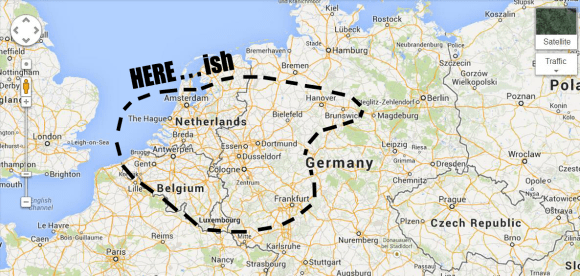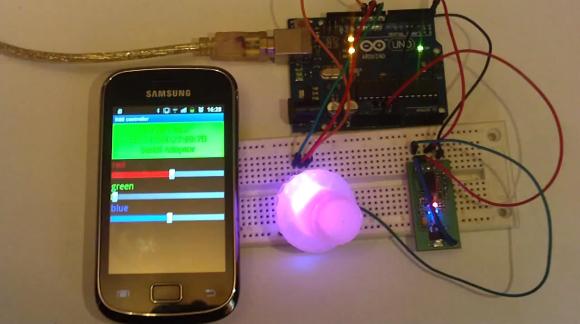
[Kyle] has just put the finishing touches on this VU Meter Prom dress, and it looks great!
The dress makes use of 70 feet of aquamarine EL wire, a 2600mAh li-on battery, a repurposed DB9 cable, an Arduino knock off, an Adafruit microphone pre-amp, and features eight addressable triac channels through an EL Escudo Dos by Sparkfun. Each loop of EL wire was sewn into the dress using clear thread. The separate segments were then daisy chained together near the zipper in the back using ribbon cables. To top it all off, [Kyle] has a cheap thermoforming setup utilizing a toaster oven which he used to make an acrylic case for the electronics.
The dress is for his lucky friend [Diane] and we think it will make for quite a memorable prom! To see this awesome VU Meter in action, stick around after the break for the video.
















